Queen Elizabeth met 13 US presidents — who was her favourite?
From her first visit to the United States in 1951, the monarch charmed some very different commanders-in-chief. But only one got her secret scone recipe.

As Queen Elizabeth II rounded off her fourth and final state dinner at the White House in 2007, she delivered “the lesson of my lifetime” to the 134 guests. “My generation can vividly remember the ordeal of the Second World War,” she told George W Bush, the second US president to be born after that conflict ended.
“Divided, all alone, we can be vulnerable,” she said. “But if the Atlantic unites, not divides us, ours is a partnership always to be reckoned with in the defence of freedom and the spread of prosperity.”
This valedictory speech, coming as it did from the living embodiment of the transatlantic “special relationship” (a phrase coined by Winston Churchill, her first prime minister), was also a warning with resonance in today’s turbulent world.
Over her 70-year reign, Elizabeth played a unique role in enhancing that bond as she captivated the American public and charmed 13 of its presidents, from Harry Truman to Joe Biden.

As Princess Elizabeth, she was the first royal to fly across the Atlantic, an innovation that led the Royal Navy to deploy warships every 700 miles of the route.
When she set foot on US soil for the first time, on October 31, 1951, President Truman exclaimed: “When I was a little boy I read about a fairy princess - and there she is.”
Elizabeth was back as Queen in 1957 to help repair US-UK relations after the Suez crisis. This was the perfect mission for her, because she already had a strong relationship with President Eisenhower, a paternal figure she knew from the wartime era.
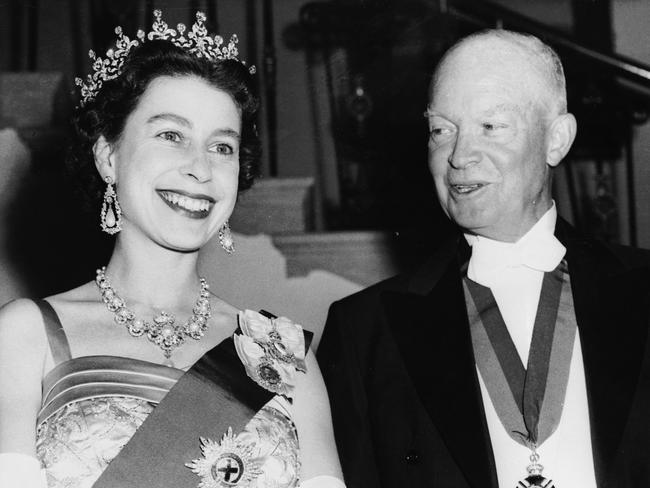
As would become the pattern over the years, this US state visit was itself full of firsts, including an American football game ("How can they hit each other that hard without injury?” she inquired) and, after the Queen told her hosts she wanted to see “how American housewives shop for food”, a hastily arranged visit to a supermarket.
Elizabeth turned up to a Giant store in West Hyattsville, Maryland, wearing a full-length fur coat given to her by a mink breeders’ association and chatted with bemused shoppers in pin curls. She admired the trolleys ("How nice that they can bring their children along!") while her husband, Prince Philip, stood awestruck in front of a rack of aluminium foil boxes, before a woman told him that this was used to wrap food for cooking in ovens. Newspaper photos of these brushes with regular Americans probably did as much as any formal dinner to cement transatlantic relations.
Elizabeth was even seen chewing gum as she stepped off the plane after a quick private flight to visit a horse-breeder friend in Virginia. (It was commonly given out to passengers to help their ears pop, but even so, gum?) The British press was frustrated.
“Why did she have to cross the Atlantic to become REAL?” wondered the Daily Herald. “People here have been reading of the Queen going about freely among ordinary people, behaving like a natural person ... America was bowled over by it. Why is it not allowed to happen here?”
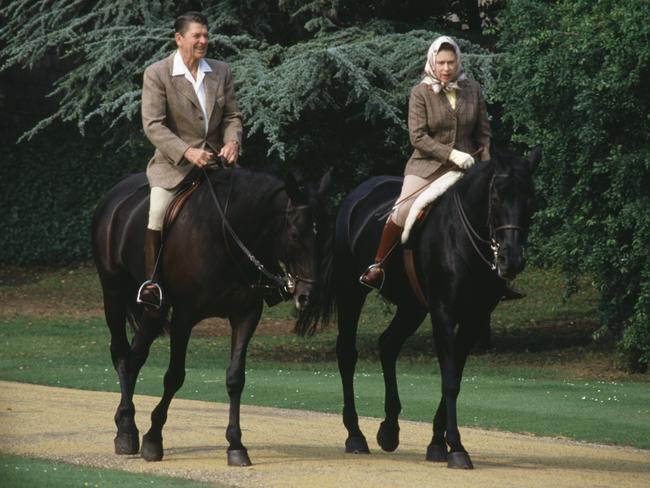
One of the more awkward royal encounters with a US commander-in-chief came just a few years later, when John F Kennedy visited London with the first lady, Jackie, on a semi-private visit. They received an invitation to a Buckingham Palace dinner, but behind the scenes there were frantic exchanges about the guest list. Jackie wanted her sister and brother-in-law to attend but both had been married before and in early 1960s Britain, divorcees were still a no-no, even at “informal” royal dinners.

The Kennedys also requested that Princess Margaret and the Queen’s aunt, Princess Marina – a woman so fashionable she had a colour named after her (marina blue) – be added to the guest list. Back and forth the officials went, until JFK gave an ultimatum: the Americans could dine elsewhere. Alarm bells rang and the Palace caved on the divorcees (seated as far as possible from the monarch), but the atmosphere was still frosty, leading Jackie to gossip cattily to Gore Vidal: “The Queen had her revenge ... no Margaret, no Marina, no one except every Commonwealth minister of agriculture that they could find.” (There were no Commonwealth ministers there.) Vidal also recorded Jackie saying: “I think the Queen resented me.”
This was the basis for a fun episode of The Crown that suggested Elizabeth was jealous of Jackie’s youthful glamour and the attention she supposedly received from Philip. But there was no real animosity - the Queen had Jackie back for lunch the following year when she was passing through London, and a full state visit was envisaged for JFK, but would tragically never happen.
The most awkward presidential encounter, at least as far as the Queen Mother was concerned, came when Jimmy Carter arrived in 1977, Elizabeth’s silver jubilee year. A pre-dinner photograph shows Carter holding hands with the Queen Mother. According to her, he was even more forward when the time came to say goodnight.
“He is the only man since my dear husband died to have had the effrontery to kiss me on the lips,” she told a dinner guest some years later.
The Queen became the country’s top diplomatic card. When Bill Clinton and John Major, the prime minister at the time, were at odds over the Northern Ireland peace process, the president and first lady were invited to spend the night on the Royal Yacht Britannia before the 50th anniversary of D-Day. Similarly, amid anxiety over whether Barack Obama liked Britain as much as its people seemed to like him, he alone among leaders in London for a G20 summit in 2009 received an invitation to lunch at Buckingham Palace.
Did she have a favourite president? The Queen would never be heard expressing a view. But Donald Trump was curious enough to ask her directly.

“Can I ask you a question?” “Yes, yes you may, anything you like.” “Who was your favourite president? Was it Ronald Reagan?” “No, no, everybody, I liked them all.” “Did you like Nixon?” “Oh yes, I liked him very much.” “But did you like Reagan the most?” “No, I liked them all, I liked them very much.” The president added: “I realised how smart she was ... She was like a steel trap.”
Who was her actual favourite? Several presidents do stand out, spanning the three distinct generations of her reign: Eisenhower knew her parents and was indelibly and heroically associated with her formative wartime years. He was the only one invited to stay at Balmoral, the only one to receive a recipe from Elizabeth (for “drop scones") and the only one who put her up in the White House private quarters.
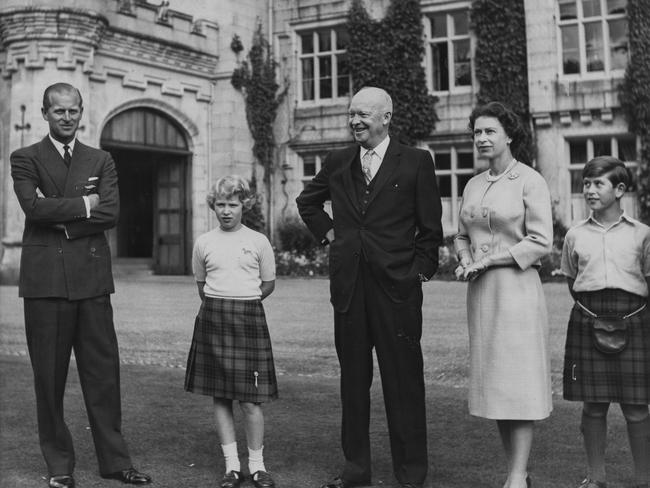
From her own “greatest generation”, she formed a warm relationship with Reagan, who shared her love of horses (and a famous horse ride in Windsor Home Park) and gave invaluable help during the Falklands conflict. From the baby-boomer generation of her children, Obama became a favourite who made a special visit to see her for her 90th birthday.
These US leaders were not only good company; their wives also clicked with the royal couple, and they all paid close attention to the other royal generations. In Eisenhower’s case, he remained close to the Queen Mother and painted portraits of Charles and Anne, while the Obamas met several times with Elizabeth’s grandsons, William and Harry, and their daughters were invited to Buckingham Palace for a private carriage-ride around the grounds.
Hosting her 112th and final state dinner in 2019, Elizabeth spoke on the same theme as the 2007 “lesson of my lifetime” in the White House. Her guest was Trump, the most Nato-sceptical president of her reign.
“The anniversary of D-Day reminds us of all that our countries have achieved together,” she said. “After the shared sacrifices of the Second World War, Britain and the United States worked with other allies ... to ensure that the horrors of conflict would never be repeated. While the world has changed, we are forever mindful of the original purpose of these structures: nations working together to safeguard a hard-won peace.”
This encapsulated her transatlantic mission - the use of pomp and ceremony to win the affection of presidents and promote the values of her nation, and her heart.
Royal Audience: 70 Years, 13 Presidents - One Queen’s Special Relationship with America, by David Charter, is published by Putnam at £24.99
The Sunday Times


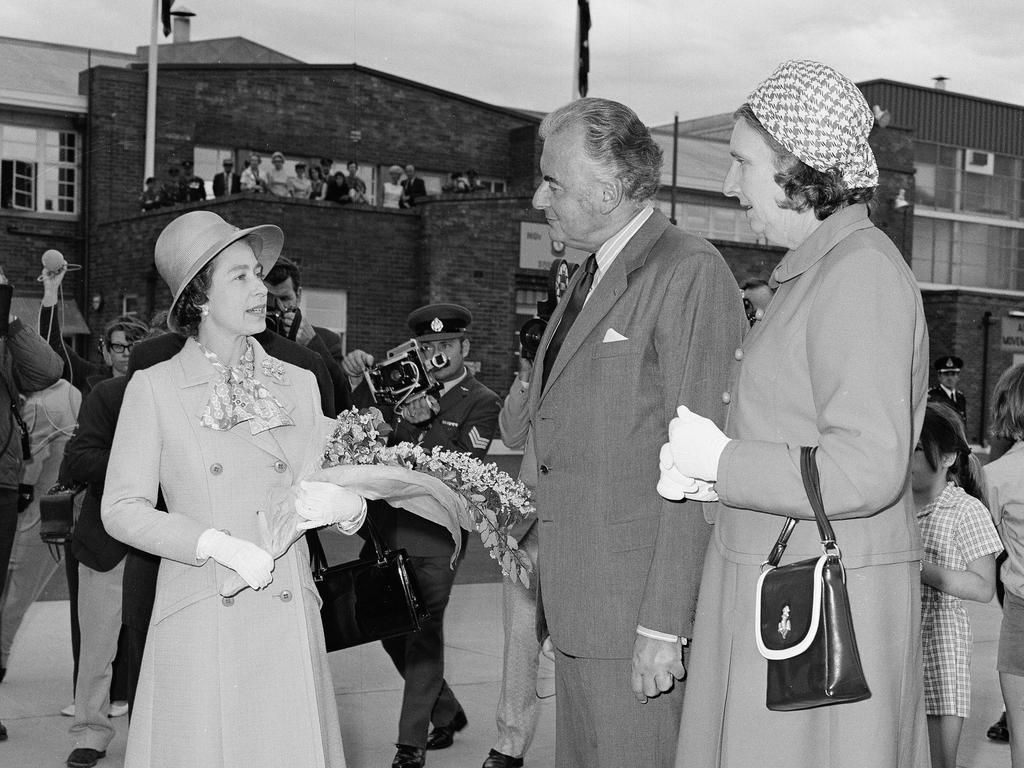
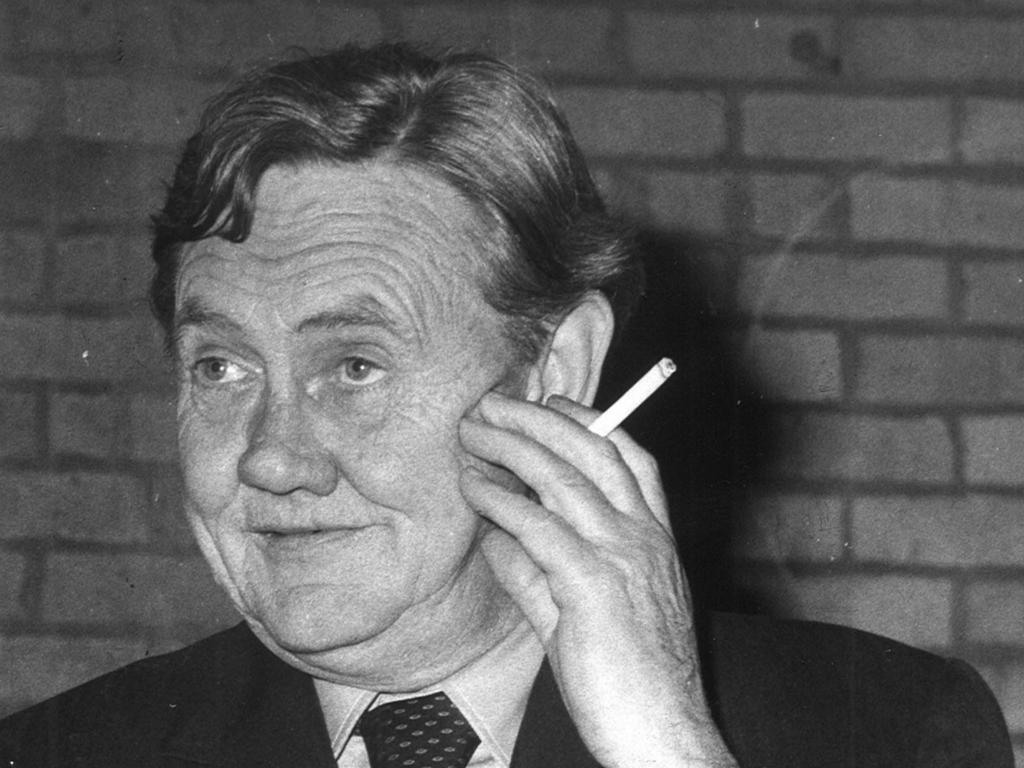

To join the conversation, please log in. Don't have an account? Register
Join the conversation, you are commenting as Logout